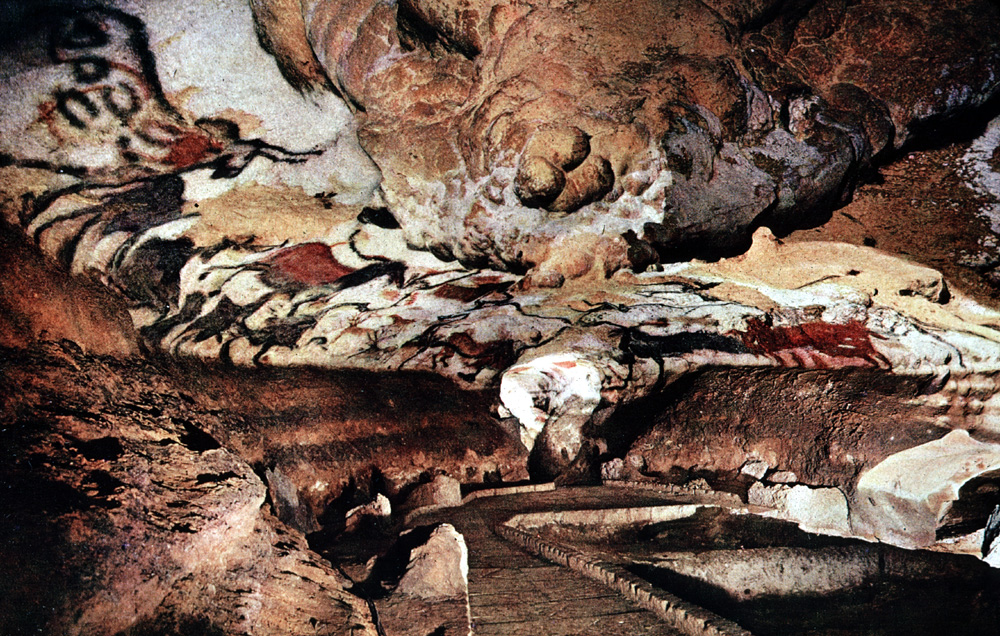1. 1953: Jacqueline Bouvier married JFK
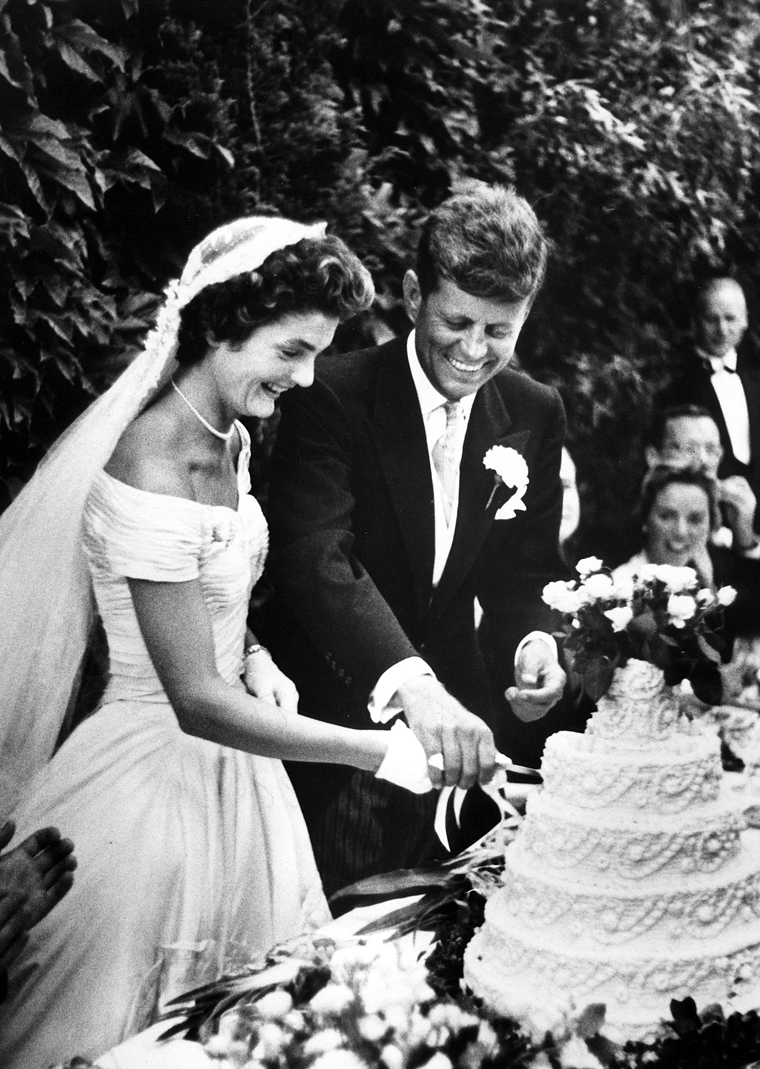
Photo: jfklibrary
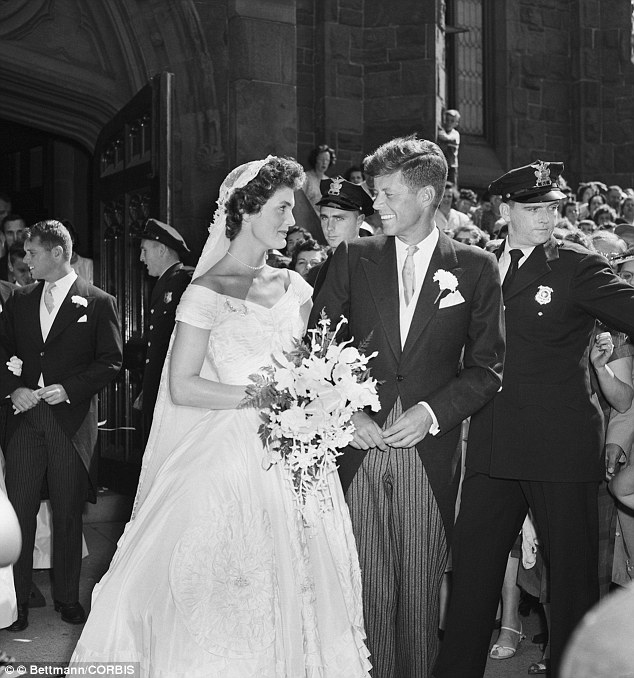
Photo: dailymail
Roughly seven years before they would become the youngest President and First Lady in U.S. history, John F. Kennedy wed Jacqueline Bouvier in Newport, Rhode Island on this date in 1953. At the time, Kennedy was the Senator for the state of Massachusets and Bouvier had recently started working as the “Inquiring Camera Girl” for the Washington Times-Herald. Just two years prior, Jacqueline, who often went by Jackie, had graduated from George Washington University and spent some time touring Europe. She was born to one of the most prominent families of New York where she developed a love for reading and horses. After meeting Kennedy at a dinner party held in Georgetown in 1951, the two immediately hit it off and started dating for the next two years. When JFK proposed in 1953, he did it with some style, thanks to the 2.88 carat diamond and emerald ring designed by Van Cleef and Arpels. It was reported that around 750 people attended the wedding held at St. Mary’s Church, with an additional 450 more showing up at the reception at Hammersmith Farms.
2. 1942: British ship, The Laconia, is sunk.
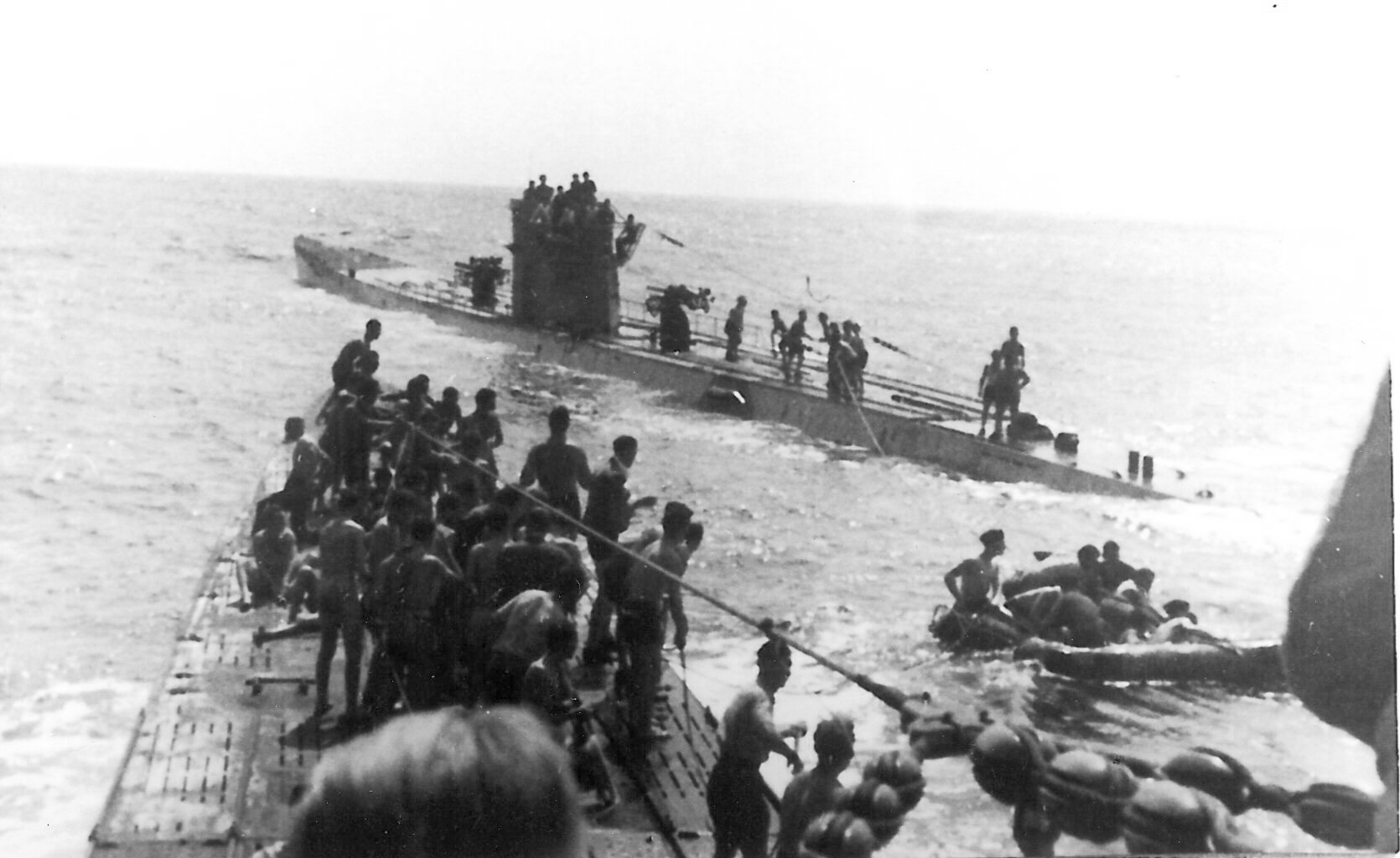
Photo: wiki
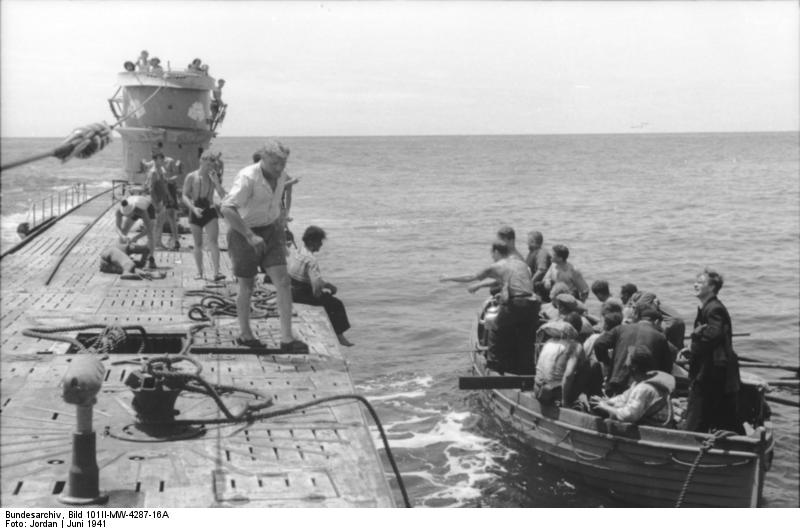
Photo: wiki
While sailing in the South Atlantic towards England, the British troop ship known as the Laconia was intercepted by the German submarine, U-156. The sub attacked and sunk the Laconia on this date in 1942, but then an unusual series of events took place. The U-boat had surfaced to collect any survivors from the blast and the sub commander soon realized that more than 1,500 Italian POWs were a part of the 2,200 passengers said to be on board. According to reports, he immediately called out to two other U-boats and an Italian submarine to help aid in the rescue after realizing he had endangered so many of his fellow Axis members. While attempting to save as many people as they could, two British warships and one French had also sped to the scene to either help aid in the rescue or defend the area. Since the German subs had surfaced for humanitarian reasons, they informed the allied ships with hopes of preventing a full battle. However, the Allies didn’t necessarily believe them and assumed it was a trap. An American B-24 bomber known as the Liberator spotted the German subs and immediately went in on the attack. It was reported that the German sub had prominently displayed a Red Cross flag across its hull. Although the U-156 was damaged, it still managed to submerge, which also ended any further rescue attempts. Of the 2,200 men said to be onboard, the Laconia when it was attacked, there were said to be only around 800 survivors.
3. 1940: Ancient paintings found on the walls of Lascaux Cave
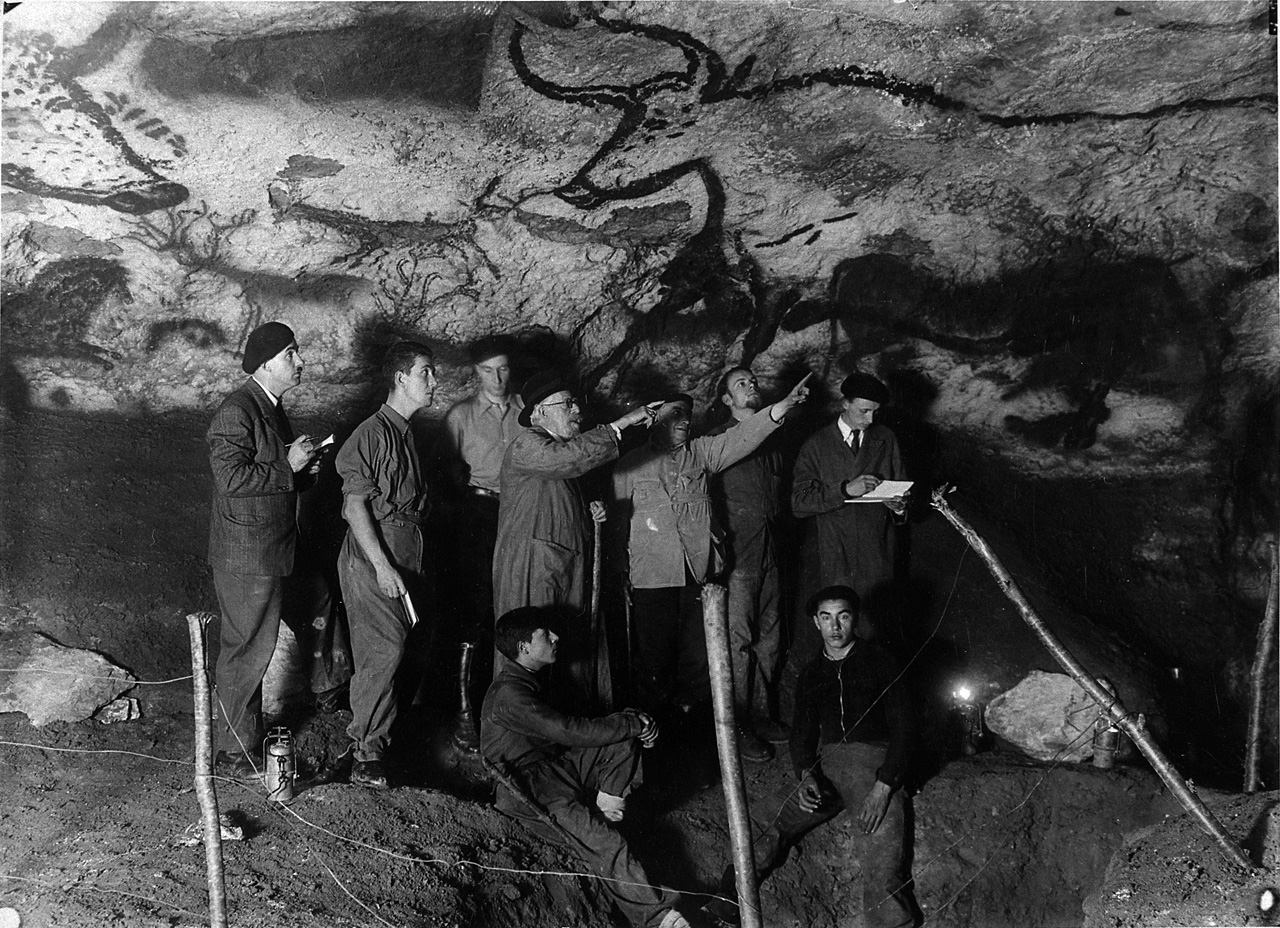
Photo: hyperallergic
It was on this date in 1940 that some of the finest examples of art from the Upper Paleolithic period were found near Montignac, France. Apparently, four teenagers had come across the discovery after following their dog down a narrow entrance to a cavern. Inside they found paintings that mostly consisted of animals and symbols said to be anywhere from 15,000-17,000 years old. The cavern, which eventually would go by the name Lascaux or Lascaux grotto, was said to be roughly 66 feet wide and 16 feet tall. There were more than 600 paintings and almost 1,500 engravings on display. Considering how old they were, the detail of the drawings were said to be quite good. You could easily make out animals like stags, horses, and red deer, as well as a few that appeared to be mythical-type creatures. The cave was opened to the public in 1948, but had to be closed in 1963 because of the deterioration of the paintings. The artificial light used to display them had caused some of the vivid colors to fade. However, with the significance of the paintings, it was decided to build a replica of the Lascaux Cave in 1983 so the public could still admire the marvelous artwork from so long ago.


